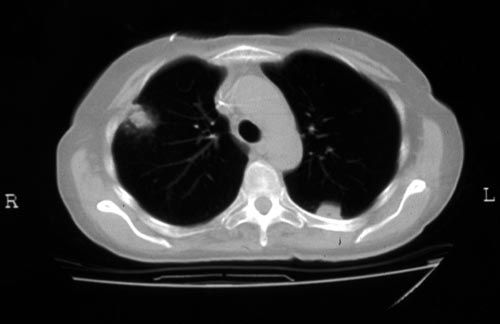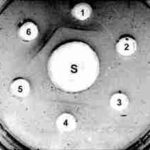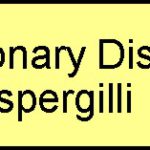Date: 26 November 2013
Halo sign in IPA
Copyright: n/a
Notes:
CT scan of a neutropenia patient with leukaemia who has 2 lesions. One, on the right, is nodular, abuts on the pleura and is surrounded by a (grey) low attenuation area, referred to as the “halo” sign. This is virtually only seen in invasive fungal infections of the lung, especially early in the course of the disease, during neutropenia. The other lesion visible on this scan, posteriorly on the left, is also typical of invasive pulmonary aspergillosis in that it is pleura-based and has sharply angulated sides typical of vascular invasion and infarction of small lung segments. There is the suggestion of a “halo” sign anteriorly, but there is less confidence in this appearance (compared with the other) because it is only on one side of the lesion.
Images library
-
Title
Legend
-
Necrotic lung tissue in culture
Af=Colony of Aspergillus fumigatus
B=bacterial colonies
L=lung tissue
-
A photograph of part of the upper lung lobe of an immunosuppressed patient. The lung tissue shows extenive areas of necrosis due to invasive colonisation.
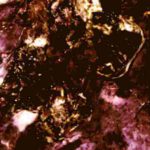
-
A photograph of a cavity in the upper lobe of the lung of a patient with ankylosing spondylitis. Such cavitation,which may be confused with prior tuberculosis, can follow fibrosis.
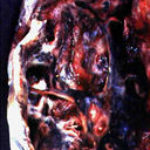
-
Plugs stained with Methenamine/silverActively growing mycelia of the fungus are a deep brown/black. Counterstaining shows the dense mucus of the plugs as predominantly orange.
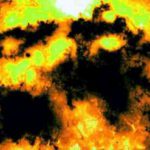
-
Sputum from an asthmatic patient showing plugs(casts). The development of plugs coincided with an increased prevalence and severity of episodes of asthma

-
microscopic characters Conidiophore stipes(C)1300-2800um long:Vesicles(V)40-70um wide,clavate:Phialides(Ph) uniseriate:Conidia(Con)3.5-4.0um long,smooth walled.

-
microscopic characters Conidiophore stipes(C)225-350um arising from hyphae(Hy):Vesicles(Ves)15-25um wide:Phialides(Ph)uniseriate:Conidia(Con)2.4-3.0um spherical to ovoid,roughened.


